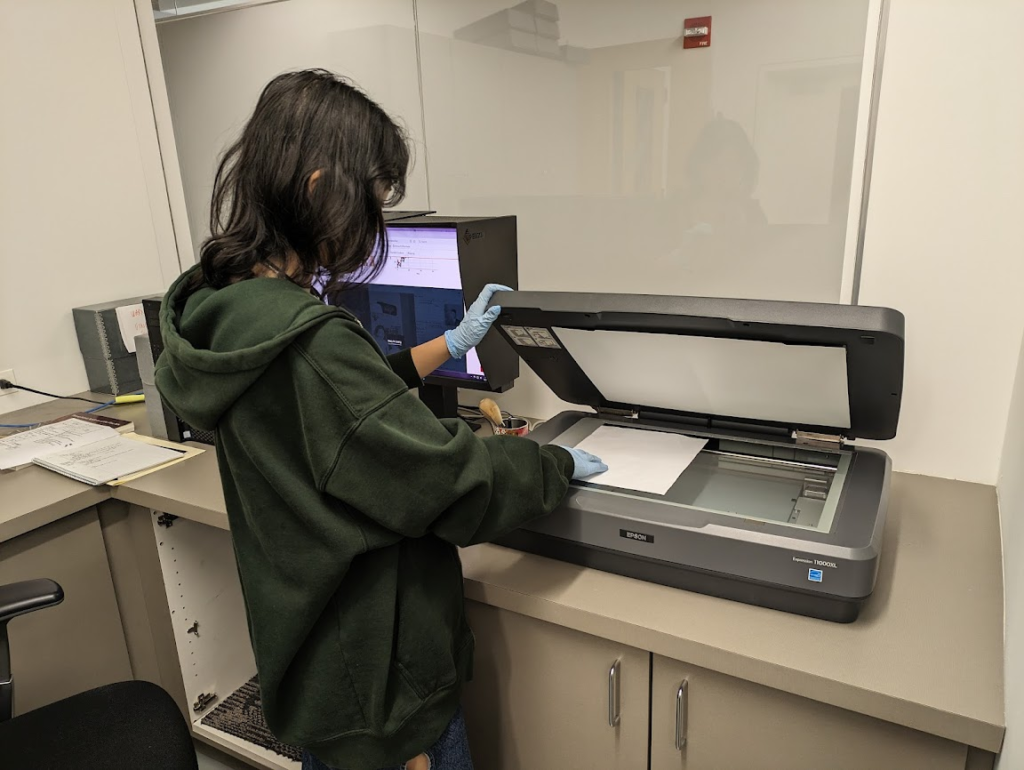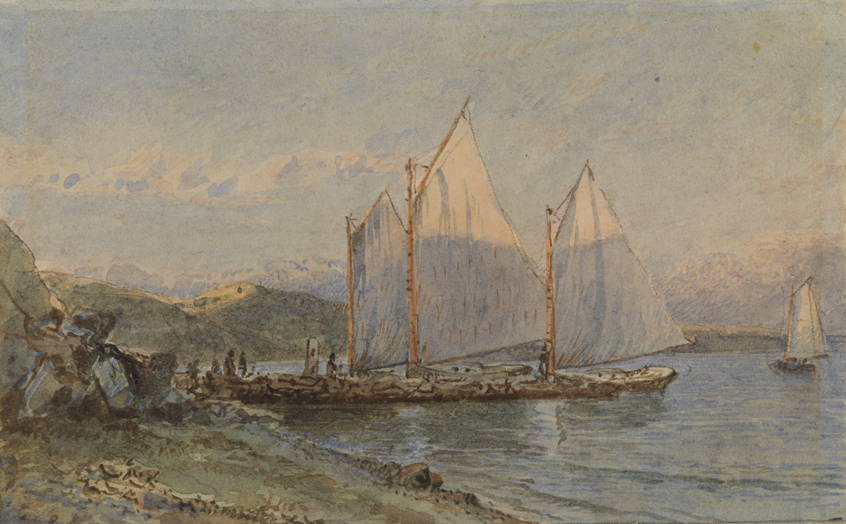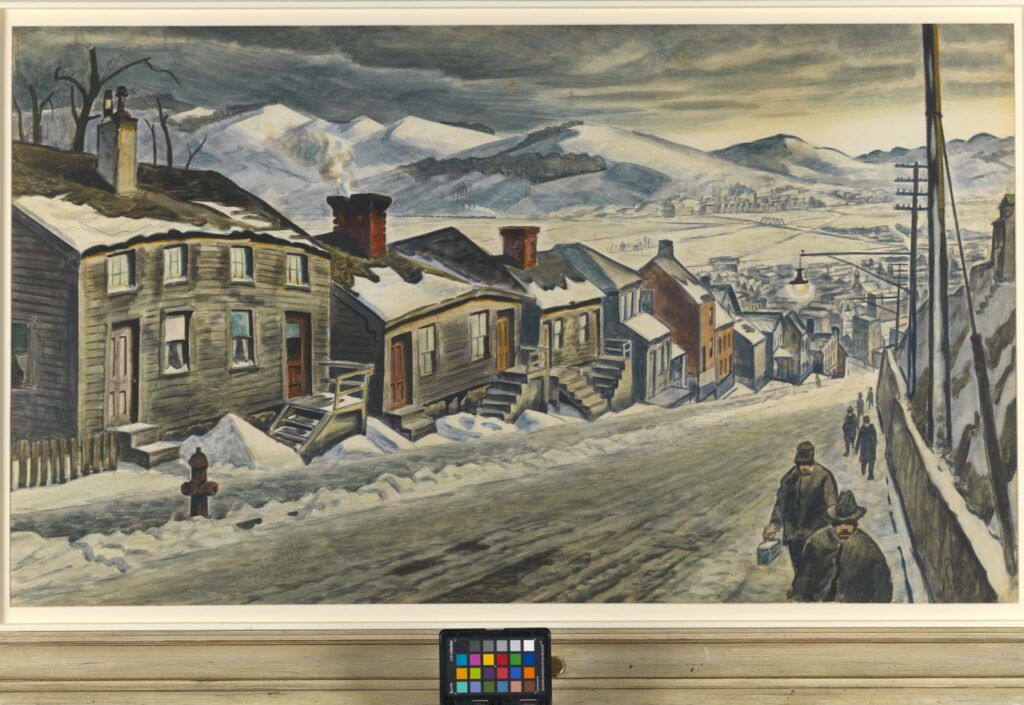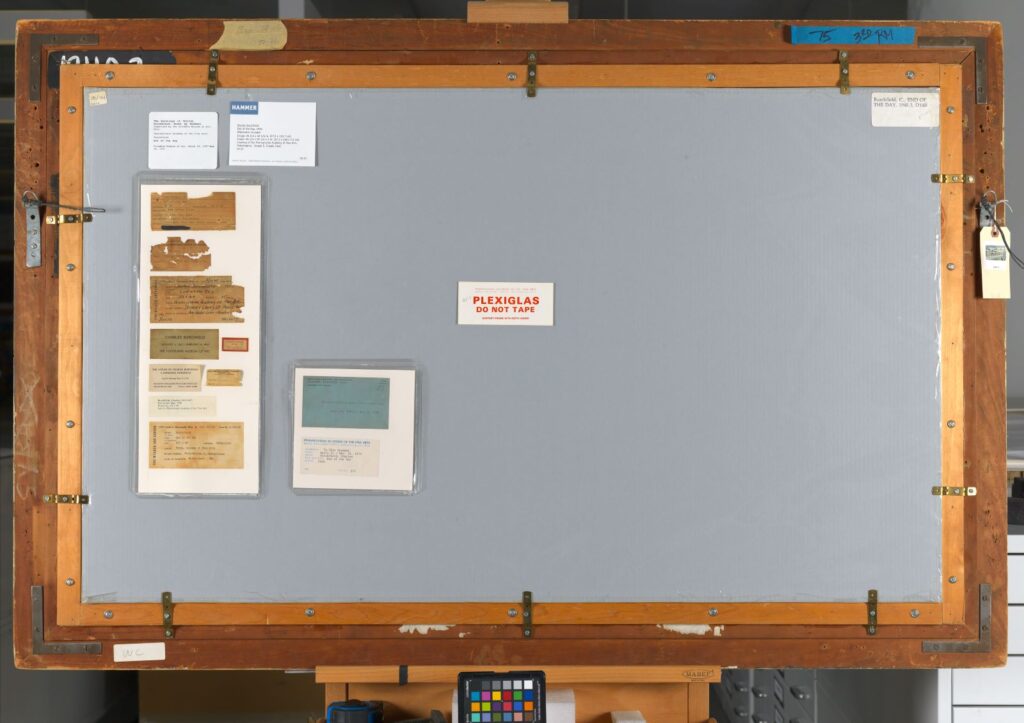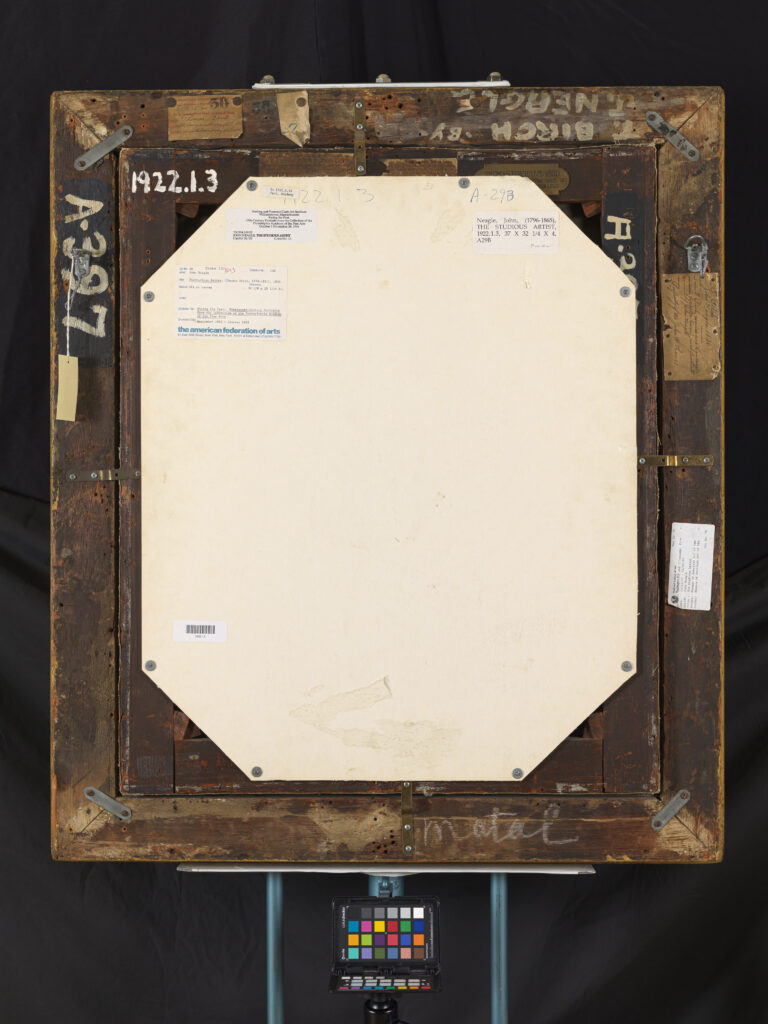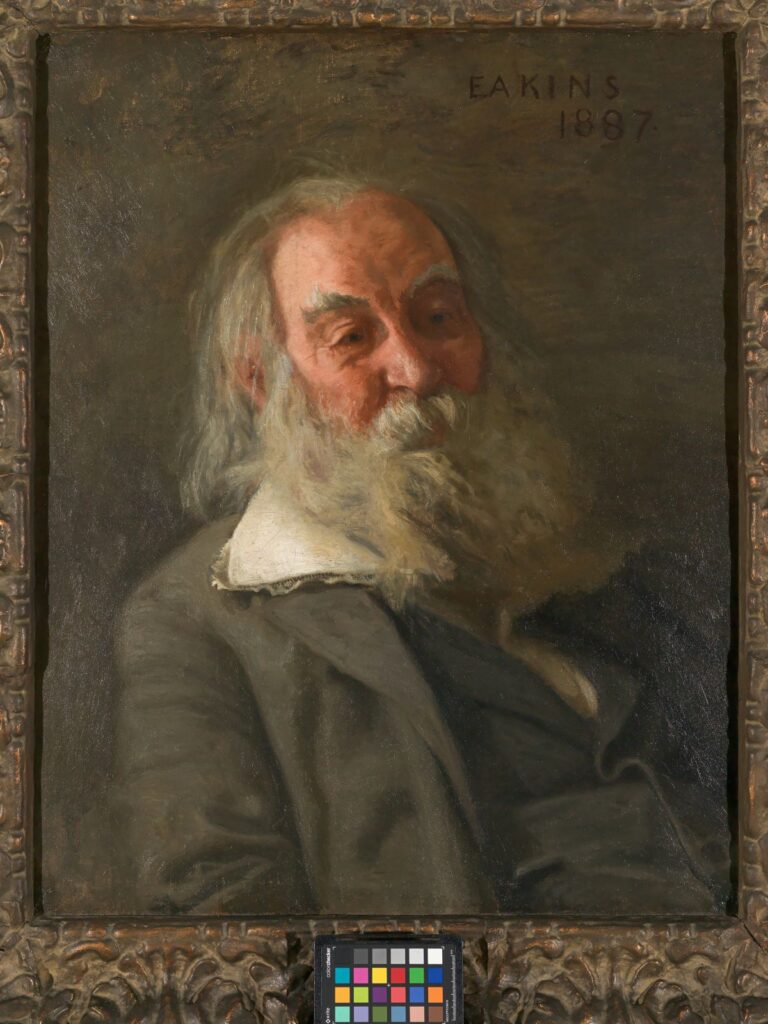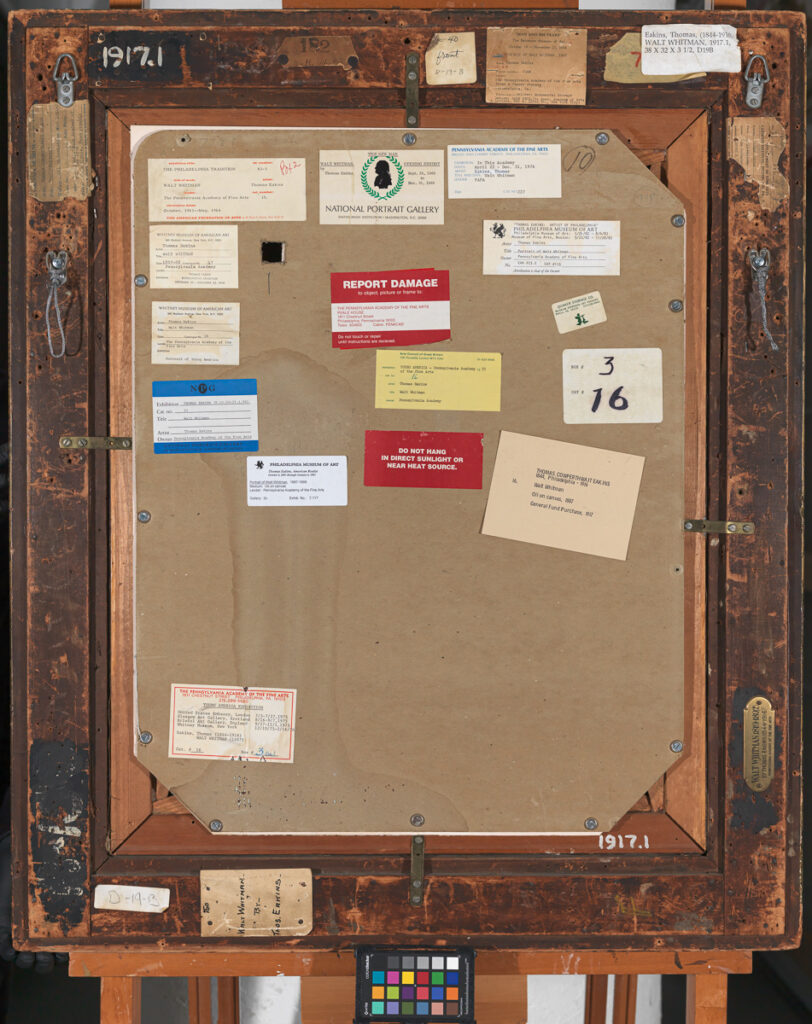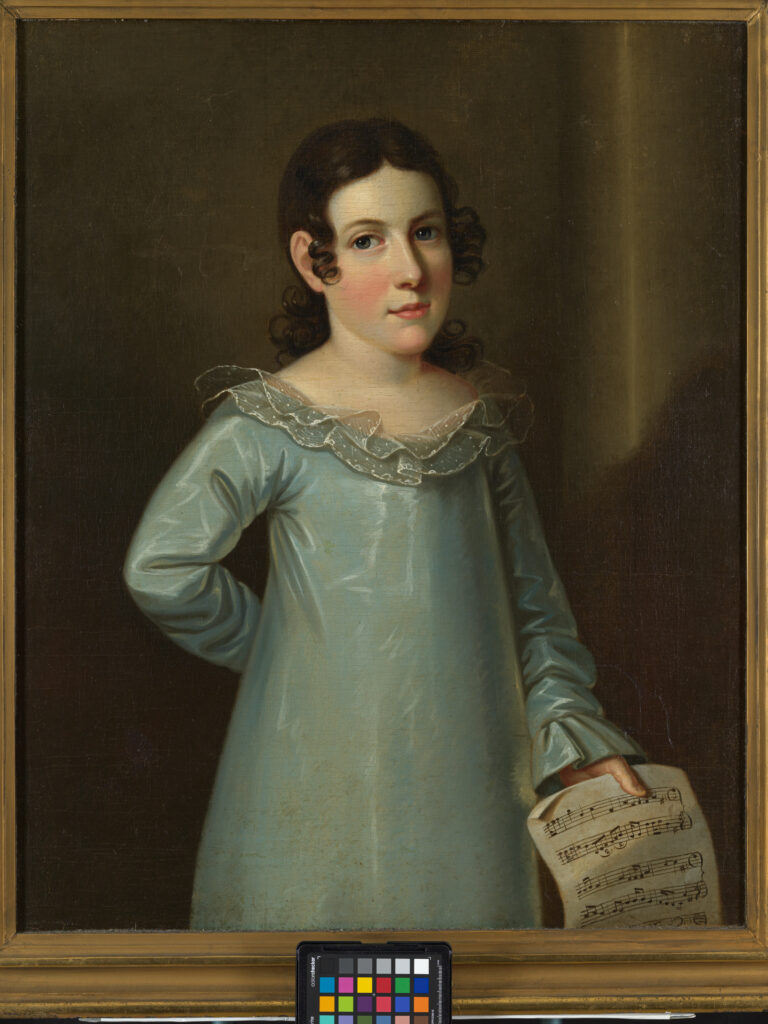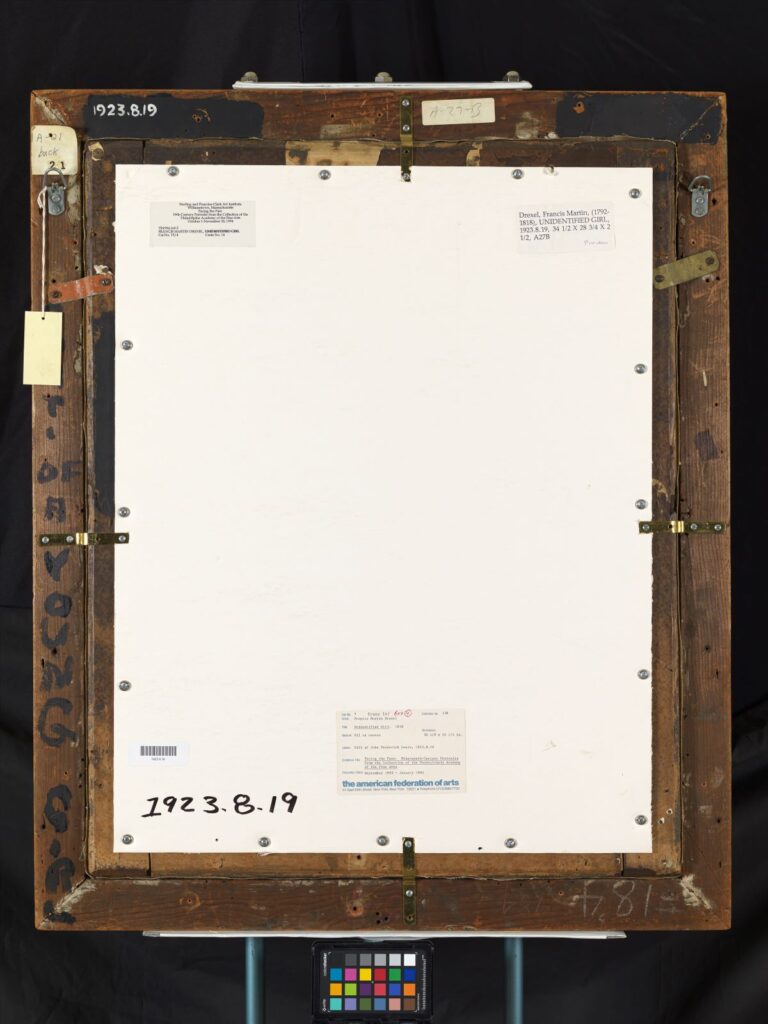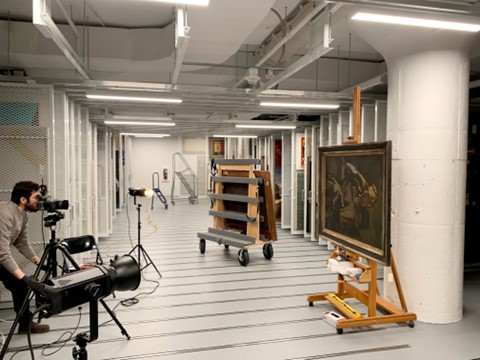Contributed by Hoang Tran, Director of Archives & Collections and Zoe Smith, IMLS Project Museum Collections Assistant
It’s been a busy summer at PAFA. At the end of June, we had to say good-bye to our IMLS Collections Assistant L. L had an amazing job opportunity to work for a local artist as a studio assistant. We wish L all the best and thank them for all their hard work and dedication! L’s work helped us hit major milestones on the project–completing 99% of works on paper photography, completing all subject terms in the catalog records, and pushing us over 60% completion of the project!
We were fortunate to rehire the position quickly. Our new IMLS Collections Assistant is Zoe Smith who started August 21, 2023. Please read Zoe’s introduction blog below:
My name is Zoe Smith, I am a recent graduate of Drexel University where I completed a bachelor of science in photography. I have a love of nature and art that merges into the work that I make. I am passionate for printing my photographs, and experimenting with alternative printing methods. I am extremely excited to use my photographic experience to contribute to the art world by updating PAFA’s amazing collection of art. This task feels exceptionally important to me, and I hope people are able to learn and grow from this fantastic resource.
My work at PAFA consists of assisting in photographing and digitizing the extensive collection of paintings, sculptures, and other works of art. Being able to look into the history of each one of these objects is an immense privilege that I am very much looking forward to.
My first week here I dove right in and began photographing various medallions. The intricate carvings on each of these surfaces have been a fun challenge to photograph. Using a lightbox to evenly light the subject, we have been using multiple exposures to get different parts of the medallion perfectly in focus. This is necessary because of the various depths of the carving on these objects.
After photographing I have been bringing the 2 to 6 exposures into a focus stacking software and combining them into one photo. This technique can be challenging and it has been great training my eye to see the slight differences in focus. I am looking forward to using the same technique on small busts and sculptures. Each artwork poses an exciting new challenge in photographing that has been very rewarding. I love to imagine the thousands of people before me that have had a connection to this art, which deepens my own personal connection to it.
About the Institute of Museum and Library Services
The Institute of Museum and Library Services is the primary source of federal support for the nation’s libraries and museums. We advance, support, and empower America’s museums, libraries, and related organizations through grantmaking, research, and policy development. Our vision is a nation where museums and libraries work together to transform the lives of individuals and communities. To learn more, visit https://www.imls.gov/and follow us on Facebook and Twitter.


